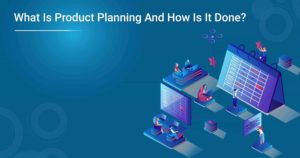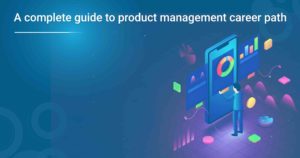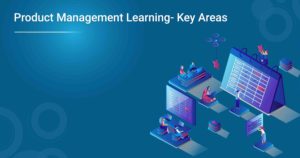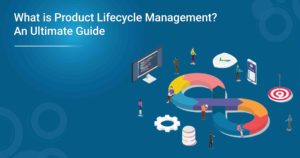Gone are the days when consumers accepted anything that came into the market. They have become more choosy and expect a lot more for their money. Even within the past few years, their expectations have changed. People want more personalised products. Customers today want products and services to be delivered much more quickly. It has become essential for companies to have a close look at product creation and its journey in the market. Product lifecycle management has become crucial for companies to remain competitive.
What Is Product Lifecycle Management?
Product lifecycle management refers to the various strategies adopted to handle a product as it moves through its various stages. PLM is applicable from the product development stage and moves till the decline of the product. Having a special strategy for the different stages helps the company stay above competitors and ensure that it earns the maximum revenue from the product. It brings together all the departments involved in the manufacture and marketing of a product and helps in their coordination.
A deep understanding of the concept is possible by attending the Advanced Executive Certificate Course in Product Management. You can visit our website to learn more about this program and what it offers you.
Understanding Product Lifecycle
Before we go into the benefits of product lifecycle management, it is essential to understand the product lifecycle and its stages. Every product goes through these stages of its journey from development till it is time to withdraw from the market. One may wonder why an organisation must stop a product. In our lifetime, we have seen many products that no longer exist in the market. Products like CDs and MP3 players are almost disappearing. This is why it is important to understand the different stages of a product.
Stages Of Product Life Cycle
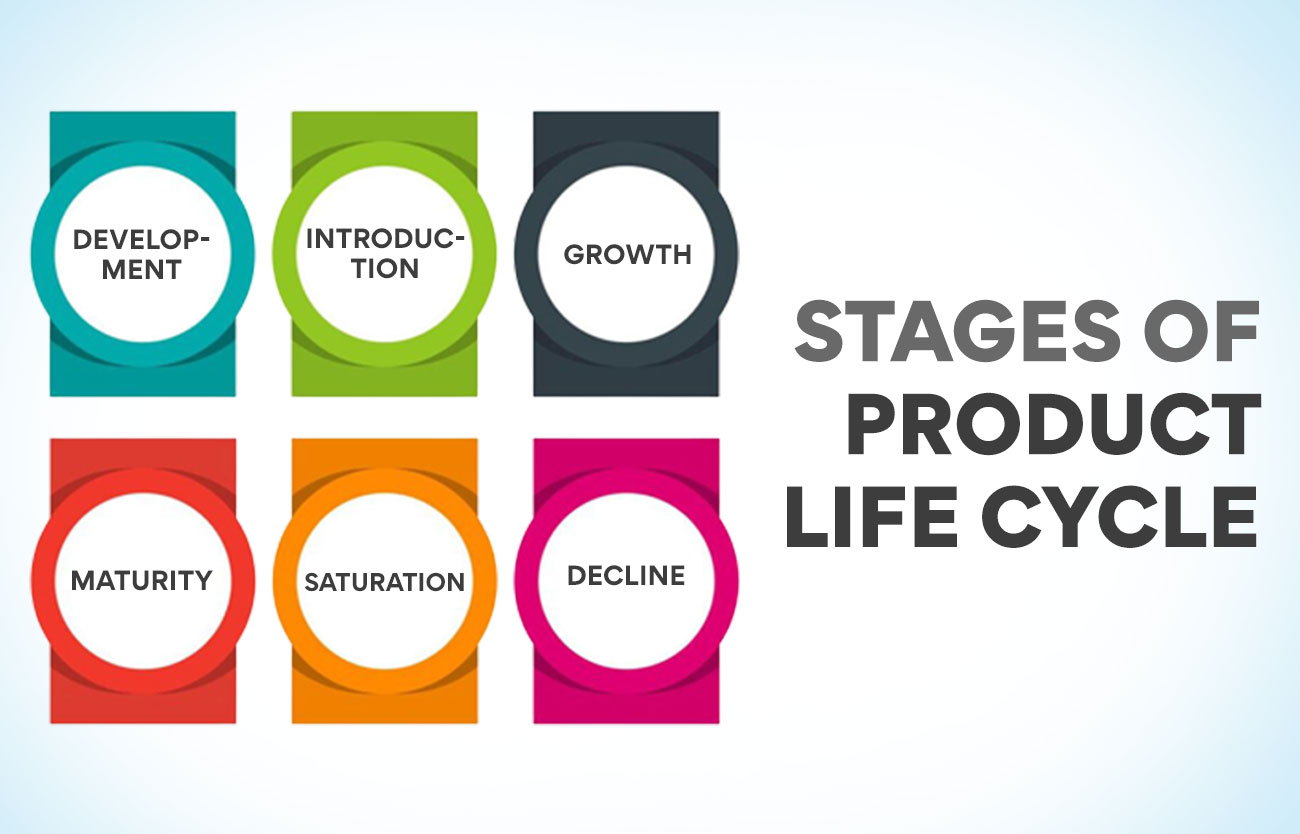
Development
It is the first stage in the product life cycle. Establishments must create the product based on various factors, the first of which is a market need. The first step is to identify a problem that the product will solve better than the existing solutions. Market research and interactions with prospective customers help find the best answer for an existing problem. The company must also determine if the need is serious enough for a new product. Once this is done, the team starts to design the ideal product.
Once the concept is ready, the product management team decides which features to develop first. They first create a prototype and see if it is worthy enough to be accepted by the customers. Once the product is acceptable, the next step is to create a minimum viable product with only the most essential features. It is an important step in product lifecycle management before releasing the final product. It is given to a few selected customers to get their feedback. Based on the reactions, the product is improved for release in the market.
Introduction
It is the stage where the product is introduced into the market. It is a time for the marketing and sales teams to come together and build a strategy for the item. They must identify the features that keep them above the competition and highlight them in their marketing messages. The product must have enough support in the market. The marketing team must plan enough activity in the public space to ensure that the target audience notices the new item.
It is time for the company to look at appointing distribution channels to reach the consumer. At this stage in the product lifecycle management, maximum effort must be put into making the product visible to the target audience. The company must promote the product on social media and partner with influencers to test it and talk about it. It is also very important to ensure that the marketing messages reach the prospective customers and they are educated fully about the product.
Growth
Product growth in product lifecycle management represents the product’s revenue increase. The item has gained customers’ acceptance, and the sales continue to increase. The company also starts to earn more profit from it. It changes the strategy from getting customers to try the product to making them choose it over others. The company starts to target new user segments in the same market to have a deeper presence. It gives the company additional sales without many extra expenses.
Another strategy for productivity growth is to introduce the product in new markets. It will need the setting up of new distribution channels. As the product has already been marketed and tested in some segments, it will be easier to make new users buy it. The company can also add new features to attract more customer segments. It will boost product sales and improve earnings for the company. Another way to achieve product growth is to add support services for existing customers.
Also Read: Top 10 Product Manager Skills that You need to Succeed
Maturity
As the name suggests, the product has achieved a stable position in the market at this stage. The rapid growth observed during the earlier phase stops, and there is a steady but slow increase in sales. The company starts to earn more revenue as the marketing expenses decrease. The initial excitement in the market also dies down, forcing the company to change its marketing strategies. As part of product lifecycle management, many companies even reduce the price to stay competitive in the market.
Many companies use this time to correct the mistakes that have occurred during the introduction and growth phases. Some firms may start adding more features to the product to stay above the competition. The distribution network becomes wider, and there is a search for newer markets and customer segments. Companies must not become complacent and must constantly promote the product to retain the market leader position. They should keep telling their customers about their advantages over competitors. It is the most profitable stage, with production costs down and sales continuing stably.
Saturation
It is the stage at which the product has achieved the maximum sale in a particular market. The company can only hope to achieve an increase in business by adding more features to the product. The competition is highest at this phase of the product journey. Companies must look at new ways to differentiate their product from competitors. Some product groups have the advantage of needing replacements after a few years. Such items will continue to sell. Certain products are even built so that they must be replaced or upgraded.
It is a phase at which the product lifecycle management teams must come up with unique selling ideas to keep the business going. If it is impossible to add features to the product, organisations must see how to improve customer service and take a share from the competition. Another way to address the situation is to reduce prices. Many companies have resorted to this practice to ensure their product sales are not affected. But this can often result in price wars between competitors.
Decline
Almost all products reach this stage where the sales start declining. There can be various reasons for this phenomenon. The arrival of new technology is one of the main reasons. The decline in sales of CDs is one such example. Customer tastes also keep changing over the years. This can be seen in many fashion trends, which fade away, giving way to new styles. Whatever the reason, every company must have a product lifecycle management strategy to face the situation and reduce its impact as much as possible.
Companies can get over the situation by keeping the product in the market, hoping competitors will withdraw theirs. Companies can also look at other product uses and enter those niche markets. It could earn additional profits from the same item. Some firms stop all marketing activities to save costs and earn as much as possible from the product till they discontinue it. Another strategy is to discontinue the product and introduce a successor to it and capture the attention of the same customer segment.
The Advanced Executive Certificate Course in Product Management deals in-depth with the various stages in a product’s life cycle. One can learn more about this course by visiting our website.
Benefits Of Product Lifecycle Management
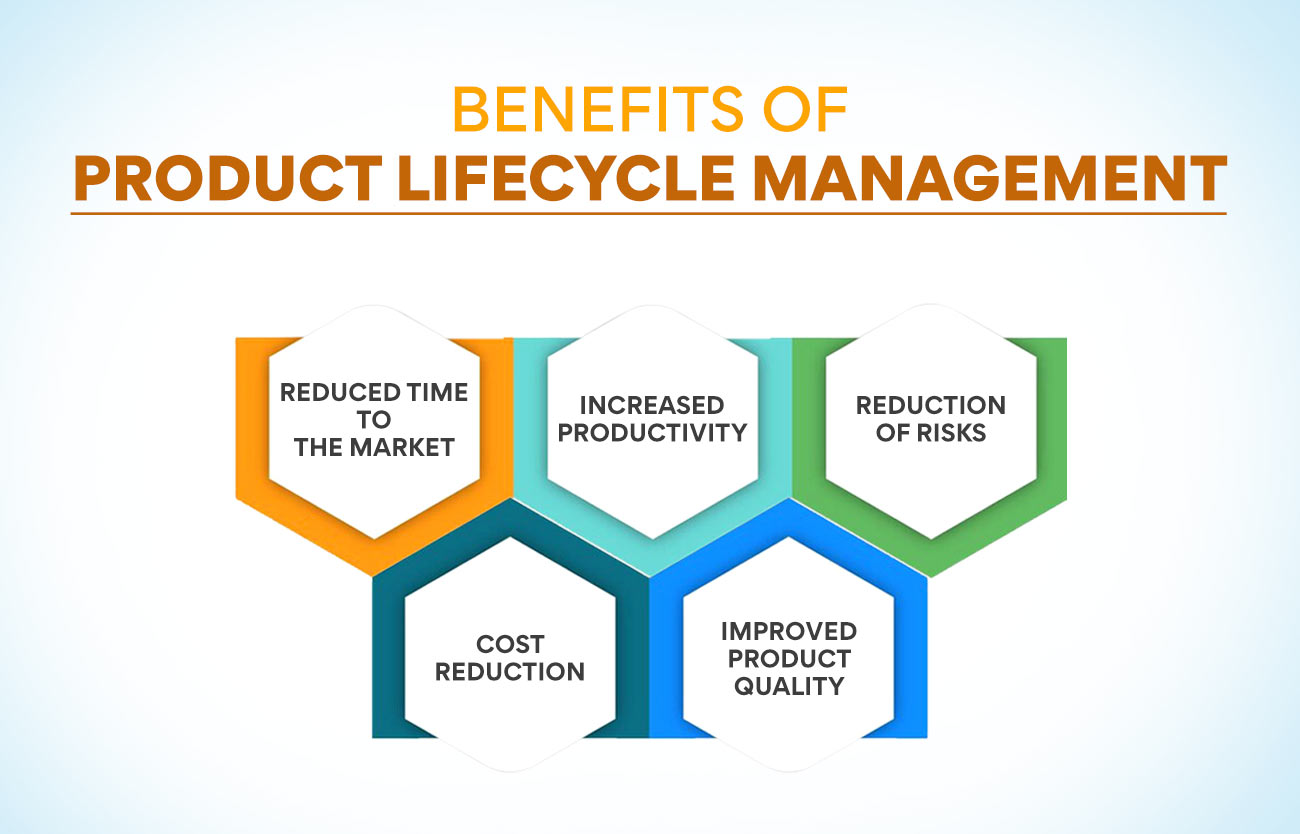
- Reduced Time To The Market
The biggest advantage of having a product lifecycle management strategy is that it helps the company quickly introduce the product in the market. Various teams are required to conceptualise, design and develop a product. Communication is better between the teams, and one can expect quicker feedback. PLM helps make changes to the product designs faster and gets them tested quickly. It means that the company can launch a product much earlier.
- Increased Productivity
Companies that don’t implement product lifecycle management find themselves wasting a lot of time searching for information. This can lead to reduced productivity. The biggest advantage of PLM is that it consolidates all data in a centralised place. All designs, workflows, plans and communication are available at a single source. PLM also helps everyone know the project’s status and provides their input.
Also Read: What Are the Roles & Responsibilities of a Product Manager?
- Reduction Of Risks
Every product needs to follow many compliance standards. Not keeping up with these standards can be detrimental to the company. It could lead to the payment of hefty fines and a loss of reputation. A product lifecycle management platform helps store all information in centralised storage. Access to it helps all teams ensure that every standard is adhered to. It helps to avoid losses due to fines and delays because of non-compliance.
- Cost Reduction
It is one of the best benefits of having a product lifecycle management strategy. Everyone has access to information from the designing stage to the end of the product journey. Using this, they can find out ways to reduce costs. The manufacturing and procurement team can coordinate and look at ways to decrease production costs. The manufacturing team can also look at products that can be reused, thus saving a lot of money for the firm.
- Improved Product Quality
In a competitive market, companies can progress only if they offer products of the highest quality to the customer. To make such an item, the company needs a lot of information from the market. An effective product lifecycle management strategy helps collect market data and provide access to all the teams. The teams will have continuous access to customer feedback that will help improve the product regularly.
Implementing a Product Lifecycle Management System
Like any new system, implementing the product lifecycle management system can be challenging if you don’t have a systematic approach. Let us see how you can put the system in place smoothly.
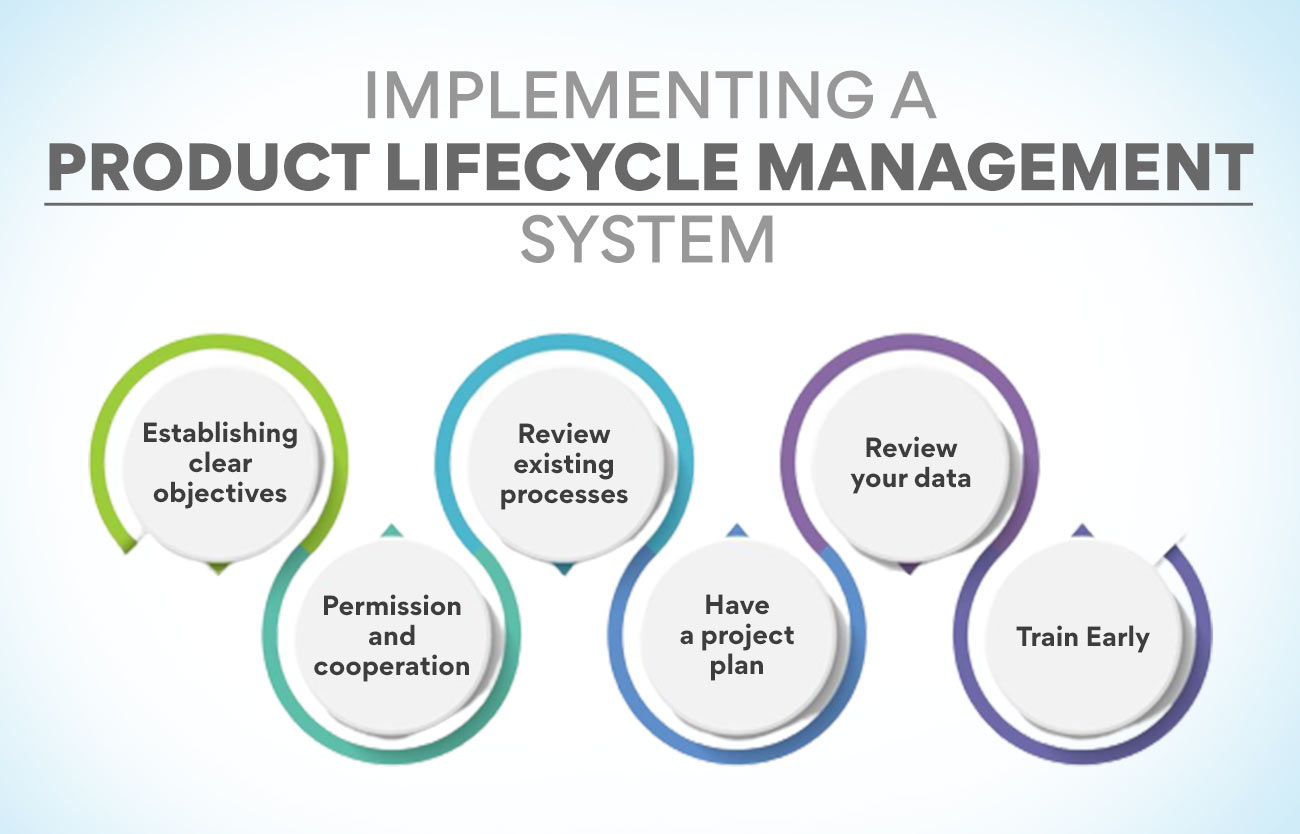
- Establishing clear objectives – It is essential to establish the reason for the change and what goals you wish to achieve. This helps in measuring the success of implementation.
- Review existing processes – You must review the existing processes and decide which ones need to come under the new system. There must be a definite advantage in bringing a process under PLM.
- Review your data – A decision must be taken as to what data should move to the new system and what should remain where it is. This is also an opportunity to clean up the existing data.
- Permission and cooperation – Before implementing the system, it is necessary to convince the top management and get their permission. You must also ensure cooperation from everyone who will be using the system.
- Have a project plan – While implementing product lifecycle management, it is best to work from a project plan and assign a leader for the project.
- Train Early – It is best to train the people on the new system even before it is implemented. This will make it a success from the beginning itself.
Those who attend the Advanced Executive Certificate Course in Product Management will learn how to implement product lifecycle management without any obstacles. A visit to our website will throw more light on the course and its benefits.
Conclusion
It is quite evident that product lifecycle management gives a lot of benefits to companies. It is a necessity in today’s competitive market and can help firms make more profit. Implementing the strategy will help you have complete control over the product in all its stages. Product managers benefit greatly from using this strategy and can ensure quick progress in their careers. Anyone aspiring to be on the product management team will benefit greatly from learning about this system from a reputed institution.
More Information:
Average Product Manager Salary In India
How To Become A Product Manager? A Complete Career Guide






_1668670867.jpg)
_1668670867.jpg)


